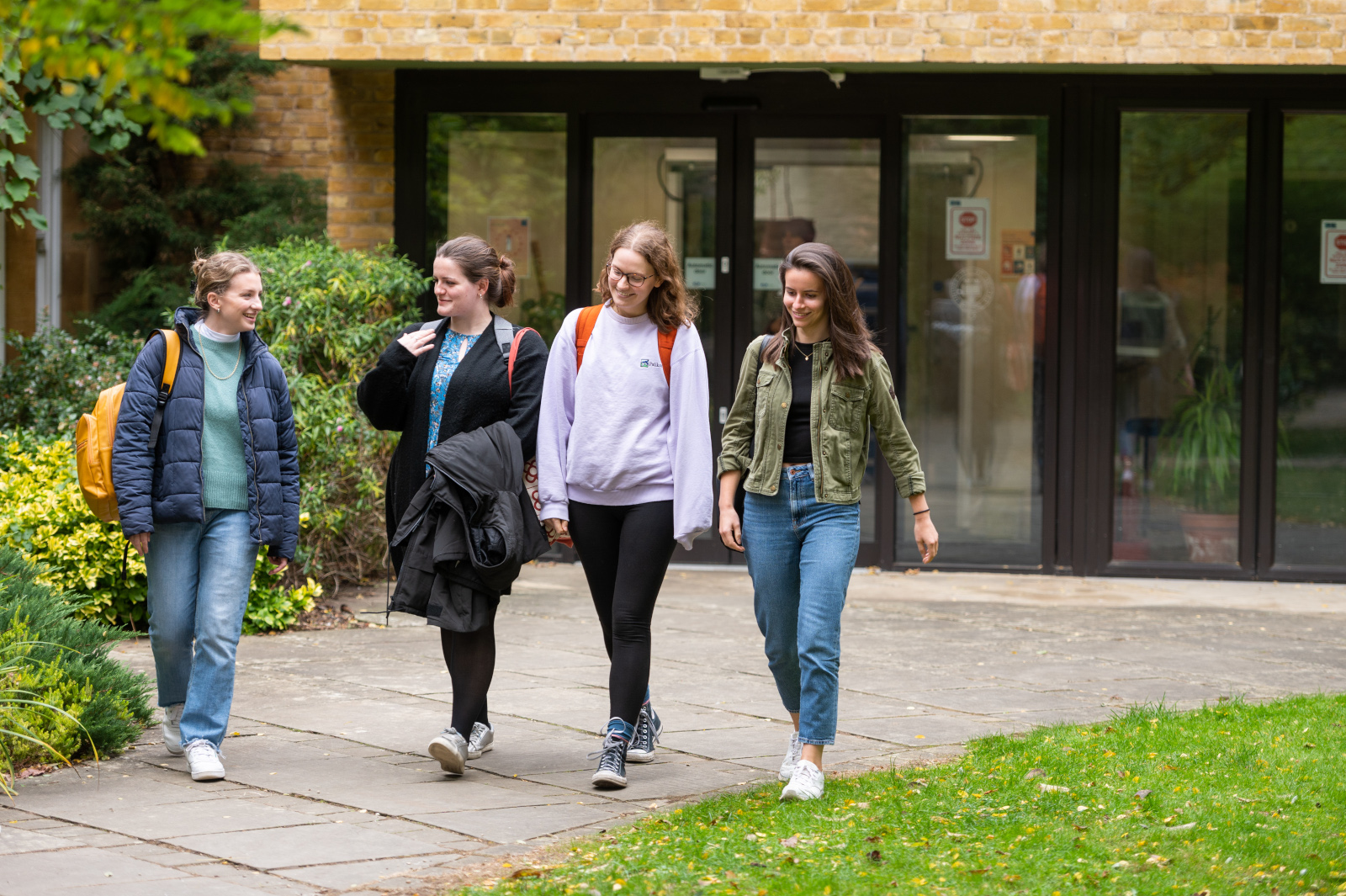Constructing local ecological knowledge: how children in the Galápagos Islands learn about their environment
Export to calendarAbstract
One hundred years after the Galápagos was made famous by Darwin’s On the Origin of Species, the islands were declared a National Park of Ecuador and subsequently added to the list of UNESCO Natural World Heritage Sites in 1978 both actions drawing more international attention to the unique flora and fauna of the enchanted isles. But, in addition to a plethora of intriguing species in the non-human natural world, the islands are also home to ~25,000 human residents, and within that number, ~7,500 school aged children, who live in close proximity to nature. This population was recently established and as such is not indigenous to Galapagos. Because of the gravity of human impact on the islands, I am keenly interested in how residents, particularly young children, construct Local Ecological Knowledge (LEK). As there is currently a paucity of research on the education system within the Galápagos, and no published research on children’s Environmental Learning or LEK, I believe that such research will benefit the local Galápagos school system, local conservation groups, and the broader international community.
In order to obtain a holistic understanding of how Galápagos children construct LEK, I designed a study which involved conducting fieldwork with fifth grade children using a mixed methods approach including a survey, semi-structured interviews, focus groups and observational field notes. These data collected from these methods help to explore the following research questions: 1) What is the state of Local Ecological Knowledge of children living in the Galápagos Islands? 2) How do children describe the processes through which they learn about their Galápagos environment? 3) Where do children perceive that they learn about the environment? 4) What content do children describe learning about their Galápagos environment? Findings illuminate how young children interact with and learn from and about their local environment by engaging in various modes of interaction with sources for learning.
Teams link: https://teams.microsoft.com/l/meetup-join/19%3ameeting_Njc0N2EyZWMtMGQ5ZC00YmVjLTgzODEtZjdiYjg2ZmNmM2M1%40thread.v2/0?context=%7b%22Tid%22%3a%22cc95de1b-97f5-4f93-b4ba-fe68b852cf91%22%2c%22Oid%22%3a%225f581465-1def-4d51-8d4c-45a3b26b5b58%22%7d





